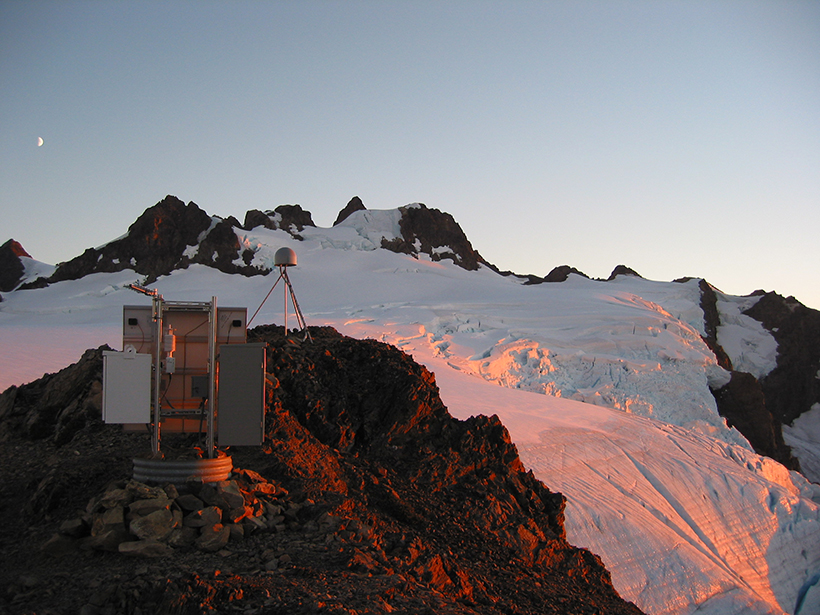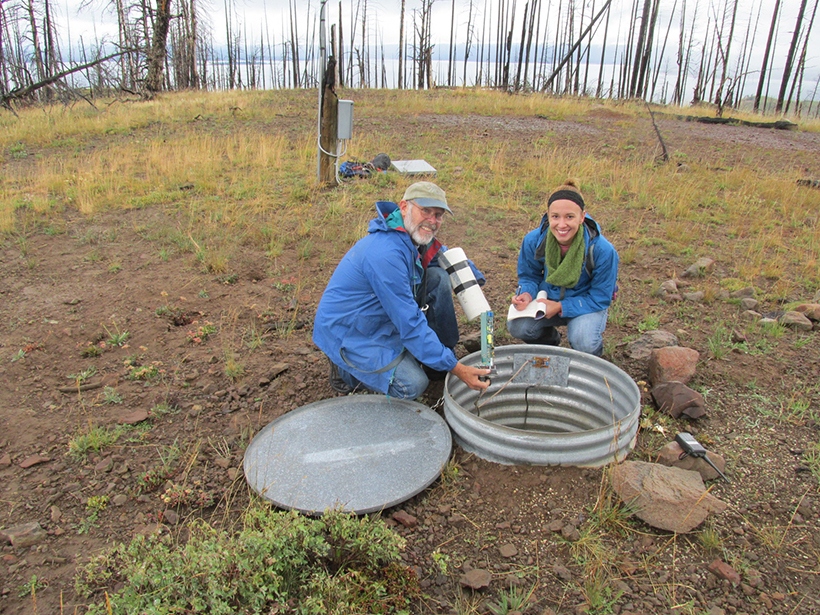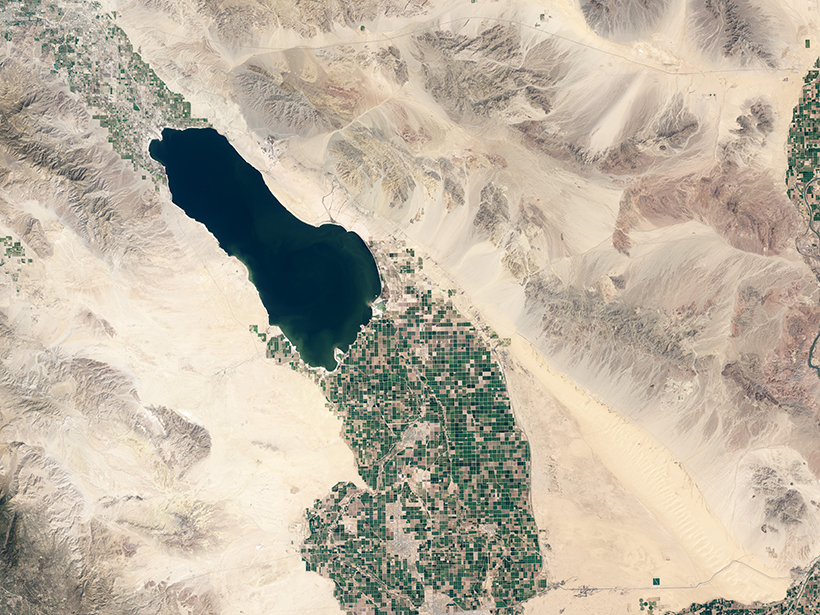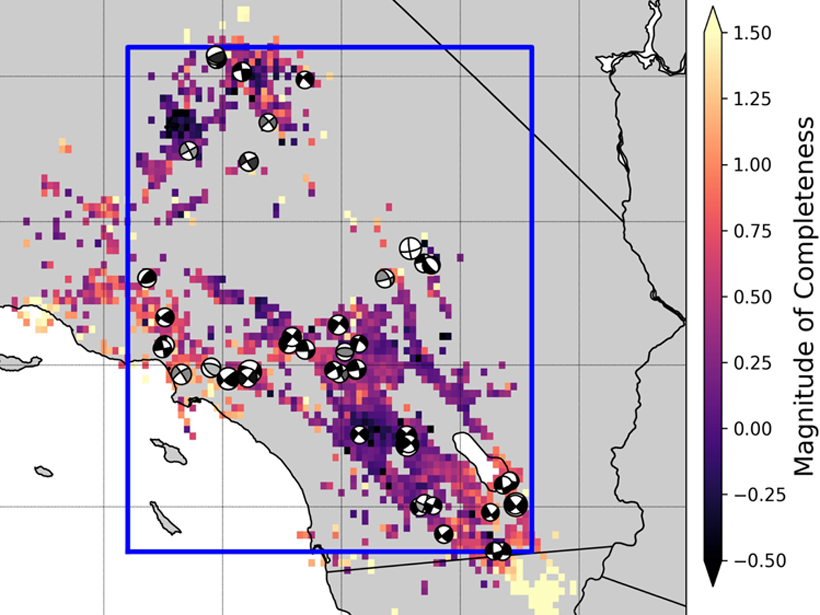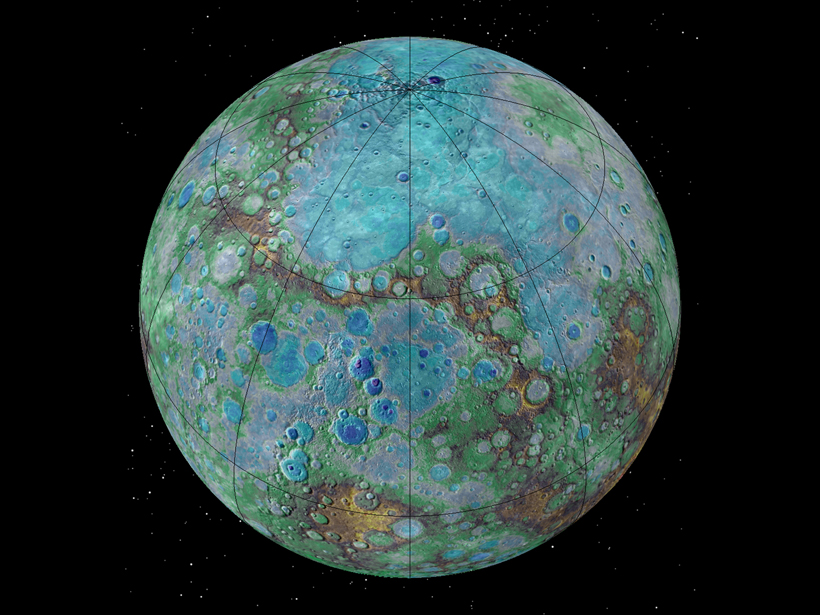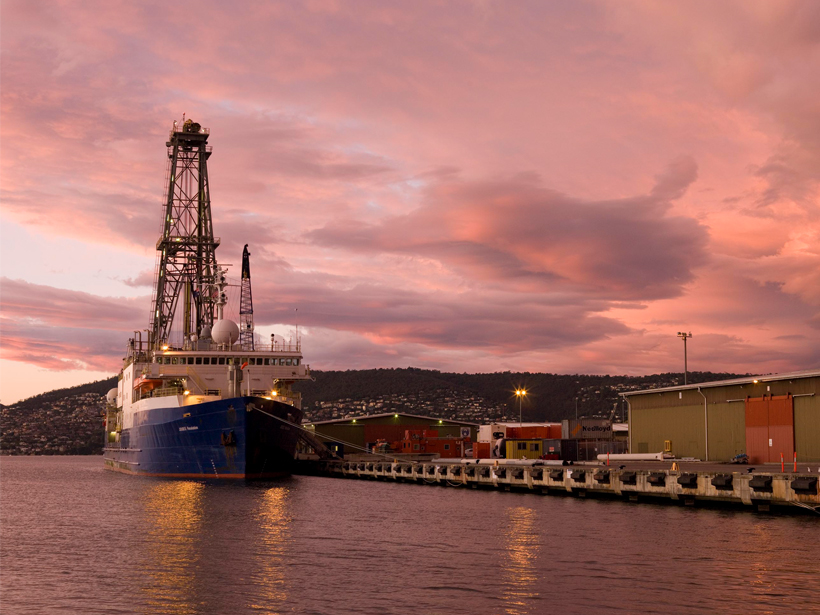Navigation satellites are enabling high-precision, real-time tracking of ground displacements, supplementing traditional methods for monitoring and assessing earthquakes.
seismology
A Modern Manual for Marsquake Monitoring
Thanks to some extraordinary engineering, the InSight mission has led the new field of Martian seismology to the development of a new planetary magnitude scale in less than a year.
Could Seismic Networks Reveal Hard-to-Detect Nuclear Tests?
In the age of monitoring nuclear weapons testing, existing regional seismic networks may be a key to discovering small, undetected explosions around the world.
Exposing Los Angeles’s Shaky Geologic Underbelly
Current calculations might underestimate the susceptibility of Los Angeles to earthquake shaking, so researchers and volunteers are deploying seismic networks near the city to remedy a data shortage.
Distant Quake Triggered Slow Slip on Southern San Andreas
A high-resolution map of surface displacements indicates that the 2017 Chiapas earthquake caused substantial creep along a segment of the San Andreas Fault, located 3,000 kilometers away.
Most Southern California Mainshocks Follow Foreshocks
New research using a highly complete earthquake catalog shows that 72% of M4+ mainshocks are preceded by foreshocks, implying that foreshock activity is much more prevalent than previously thought.
Our Seismic Solar System
Earth’s not the only thing that shakes and quakes and goes around the Sun. Not by a long shot.
Small Seismic Signals Tell a Story of Iceberg Calving
Seismic signals detected hundreds of kilometers away from Greenland glaciers reveal the calving style and iceberg size.
The Permafrost Listeners
Geophysicists have discovered a way to monitor permafrost thaw by measuring seismic waves so gentle they don’t shake a thing.
An Integrated History of the Australian-Antarctic Basin
The first basin-wide compilation of seismic and geologic data shows that both margins experienced similar sedimentation patterns prior to the onset of Antarctic glaciation.

